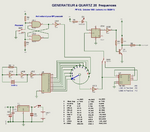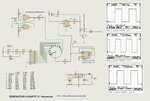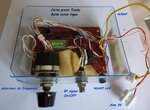hieuabcdefgh
Newbie level 5
I want to measure water flow with PIC 16f877a and display it on the LCD screen with my sensor liter per minute unit YF-S201 DN15. Help me...
[Moderator action: Above text is translated from original message below. Messages in language other than English are liable to be deleted.]
[Moderator action: Above text is translated from original message below. Messages in language other than English are liable to be deleted.]
Tôi muốn đo lưu lượng nước bằng PIC 16f877a và hiển thị nó lên màn hình LCD với đơn vị lít / phút cảm biến của tôi là YF-S201 DN15. giúp tôi...
Last edited by a moderator:



